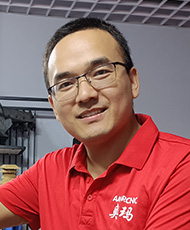Part 1: Overview of EVA Foam Packaging Material
EVA foam, or Ethylene-Vinyl Acetate foam, is a versatile material used in various industries. It’s known for its softness, flexibility, and resilience. EVA foam comes in different densities, each suitable for specific applications:
Low-density EVA foam: Soft, lightweight, and used for delicate items.
High-density EVA foam: Harder, more durable, ideal for heavy or high-value products.
Choosing the right density is crucial for achieving the desired protection and performance in packaging.

Part 2: Working Principle of the Oscillating Knife Cutting Machine
An oscillating knife cutting machine uses a rapidly moving blade to cut through materials with precision. Let’s break down the tools we use:
Pneumatic Oscillating Tool: Perfect for cutting EPE foam and low-density EVA foam. It uses compressed air to drive the blade, making quick, precise cuts.
Milling Cutter Tool: Ideal for carving and milling EVA and EPE foam. It’s great for detailed work and creating complex shapes.
400W Electric Oscillating Tool: Suitable for cutting high-density EVA foam. It uses an electric motor to drive the blade, offering more power for tougher materials.
Each tool has its specific use, ensuring you get the best cut for each type of foam.
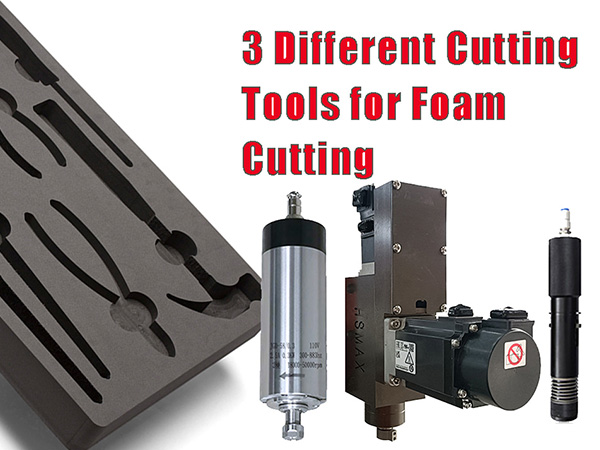
Part 3: Preparation Work
Before you start cutting, proper preparation is key:
Design the Packaging: Use design software to create a detailed plan. This should include the dimensions and shape of the foam inserts.
Plan the Cutting Path: Efficiently plan the cutting path to minimize waste and reduce cutting time.
Material Preparation: Ensure the EVA foam sheets are clean and flat. Secure them properly to prevent movement during cutting.
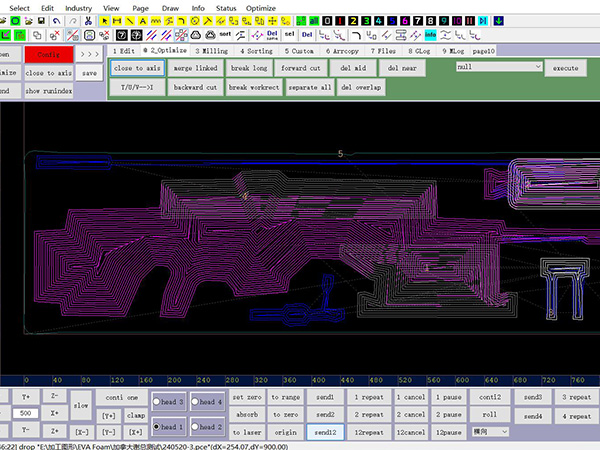
Part 4: Operational Steps for Using the Oscillating Knife Cutting Machine
Equipment Setup
Tool Selection and Installation: Choose the appropriate tool based on the foam density. Install the tool securely in the machine.
Set Cutting Parameters: Adjust the speed, oscillation frequency, and depth of cut according to the foam type. For example, use higher speed and frequency for high-density EVA foam.
Optimize Cutting Paths: Plan the cutting paths to minimize waste. Use nesting software to arrange designs efficiently on the foam sheets.
Set the SP operation numbers of different tools in the control software to call the tools and complete different processing techniques at one time:

Engraving Process
Using the Milling Cutter Tool: Load the design into the machine’s software. Set the toolpath for engraving. Start the machine and let it carve the foam. Ensure consistent pressure and speed for smooth results.
Tips: Avoid forcing the tool through the foam. Let the machine do the work. Keep an eye on the tool wear and replace it when needed to maintain precision.
Cutting Process
Using the Pneumatic Oscillating Tool: This tool is excellent for low-density EVA foam. Set the parameters to ensure clean cuts. Start the machine and guide it through the foam.
Using the 400W Electric Oscillating Tool: This tool handles high-density EVA foam effectively. Set higher power and speed settings. Start the machine and ensure a steady hand to guide it through the material.

Part 5: Quality Control and Inspection
Ensuring high-quality cuts and consistency is crucial:
Check Cut Precision: Measure the dimensions of the cut foam pieces. Ensure they match the design specifications.
Evaluate Surface Finish: Look for smooth edges without fraying. A clean cut indicates proper tool settings and machine operation.
Identify and Resolve Issues: If you notice any irregularities, adjust the cutting parameters or check for tool wear. Regular maintenance of the machine ensures consistent performance.
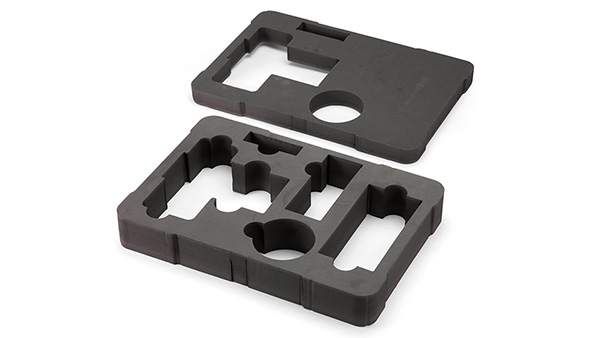
Part6: Common Troubleshooting Tips
01. Issue: Jagged Edges on Cut Foam
Possible Causes: Dull blade, incorrect cutting speed or oscillation frequency.
Solutions: Replace the blade, adjust the cutting speed and oscillation frequency to better suit the foam density.
02. Issue: Foam Shifting During Cutting
Possible Causes: Improper material securing, machine vibration.
Solutions: Ensure the foam is firmly secured to the cutting surface, check and adjust machine stability.
03. Issue: Inconsistent Cutting Depth
Possible Causes: Incorrect tool settings, uneven foam thickness.
Solutions: Verify and adjust tool depth settings, ensure foam sheets are of uniform thickness.
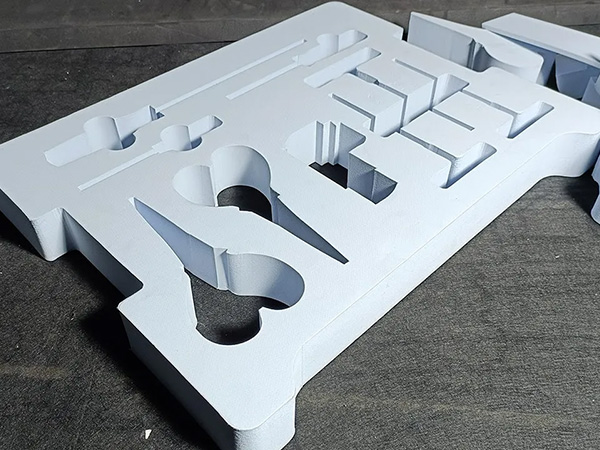
Conclusion
Using an oscillating knife cutting machine to process custom EVA foam packaging combines precision with efficiency. By selecting the appropriate tools, preparing thoroughly, and following operational best practices, you can produce high-quality foam packaging that meets your customers’ needs. Regular maintenance and adherence to safety guidelines ensure the longevity of your equipment and the safety of your team.
With the right approach, you can streamline your production process, reduce waste, and deliver exceptional products. The detailed steps and tips provided here aim to help you make the most out of your oscillating knife cutting machine, ensuring that every cut is perfect and every product is protected.


